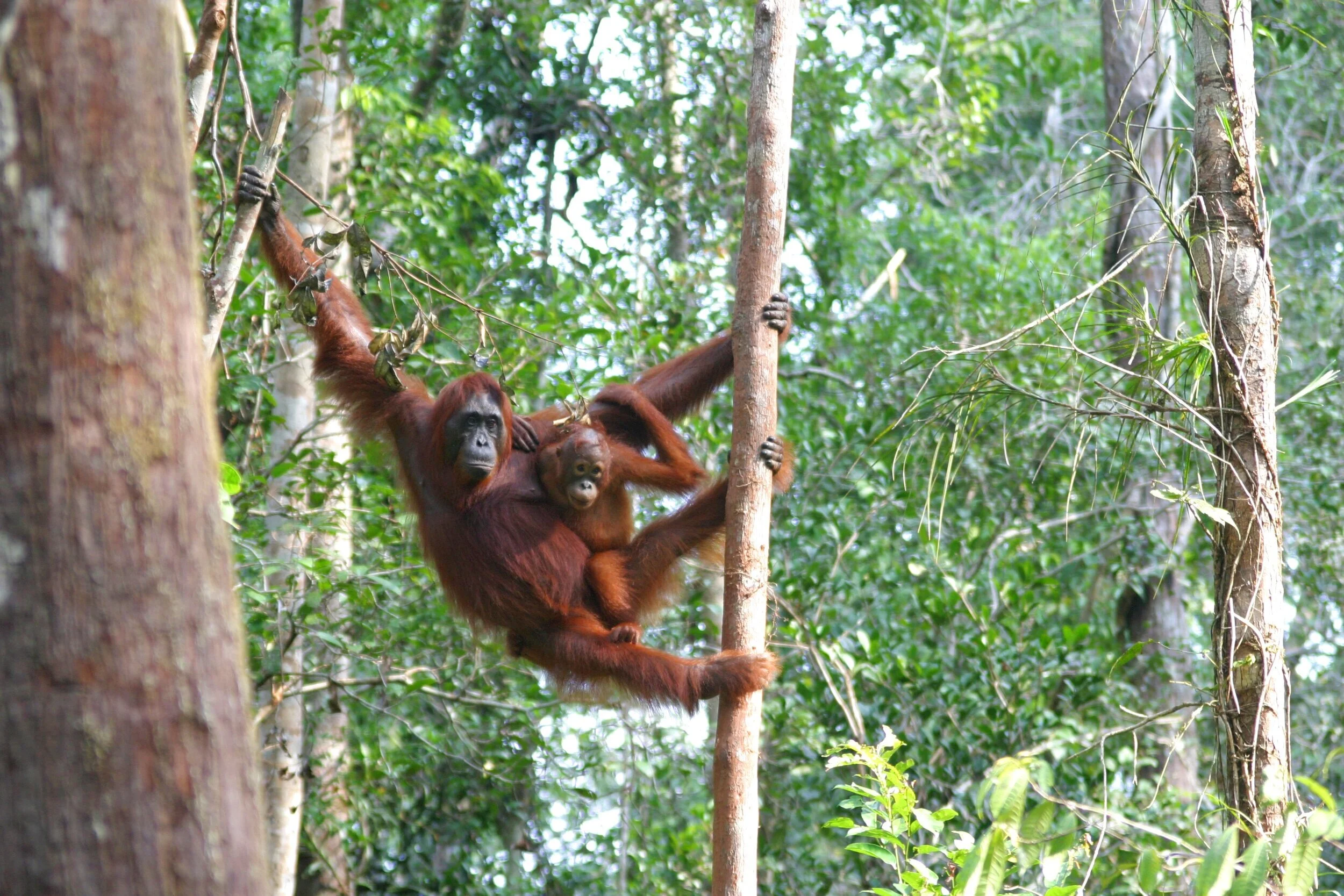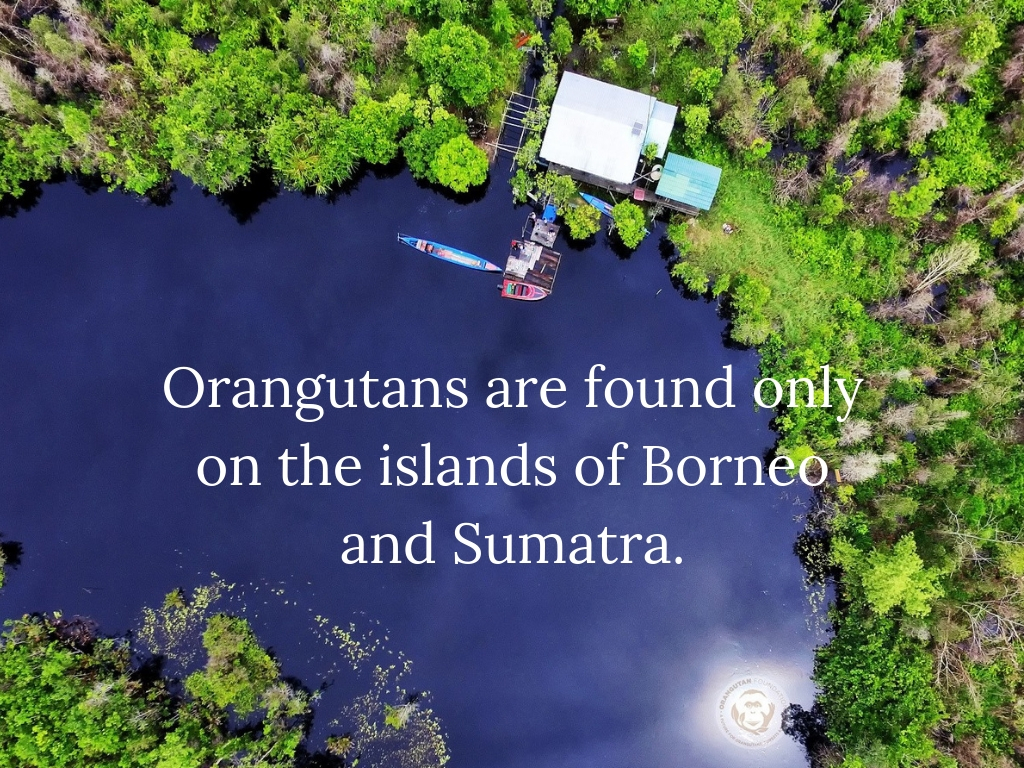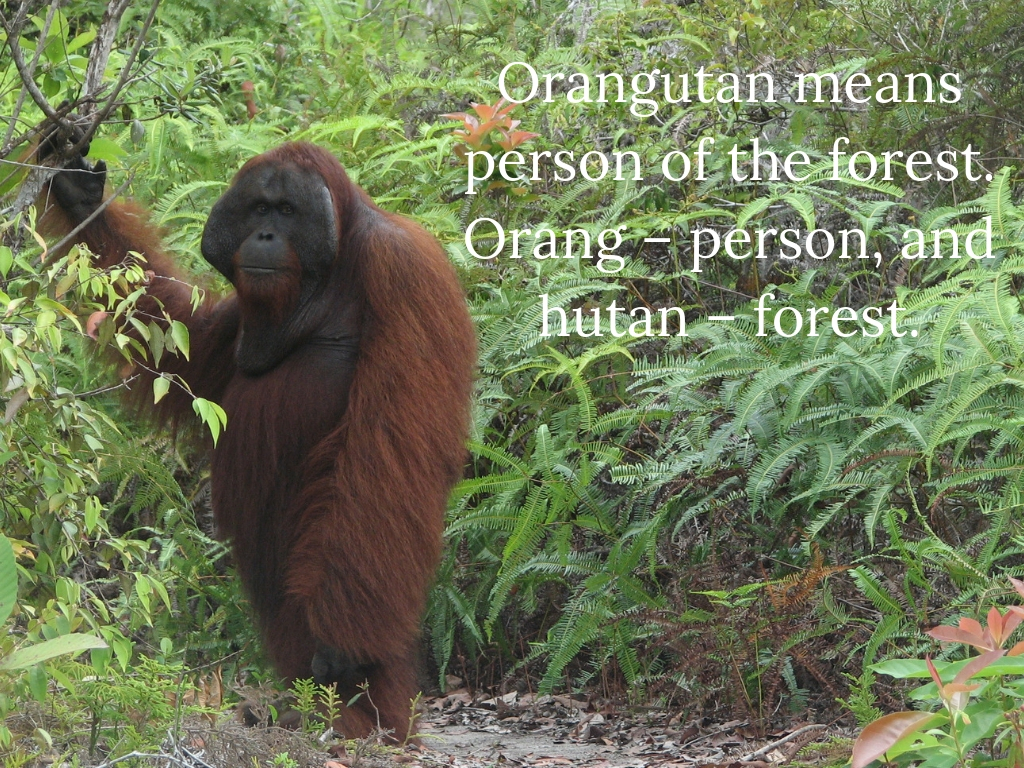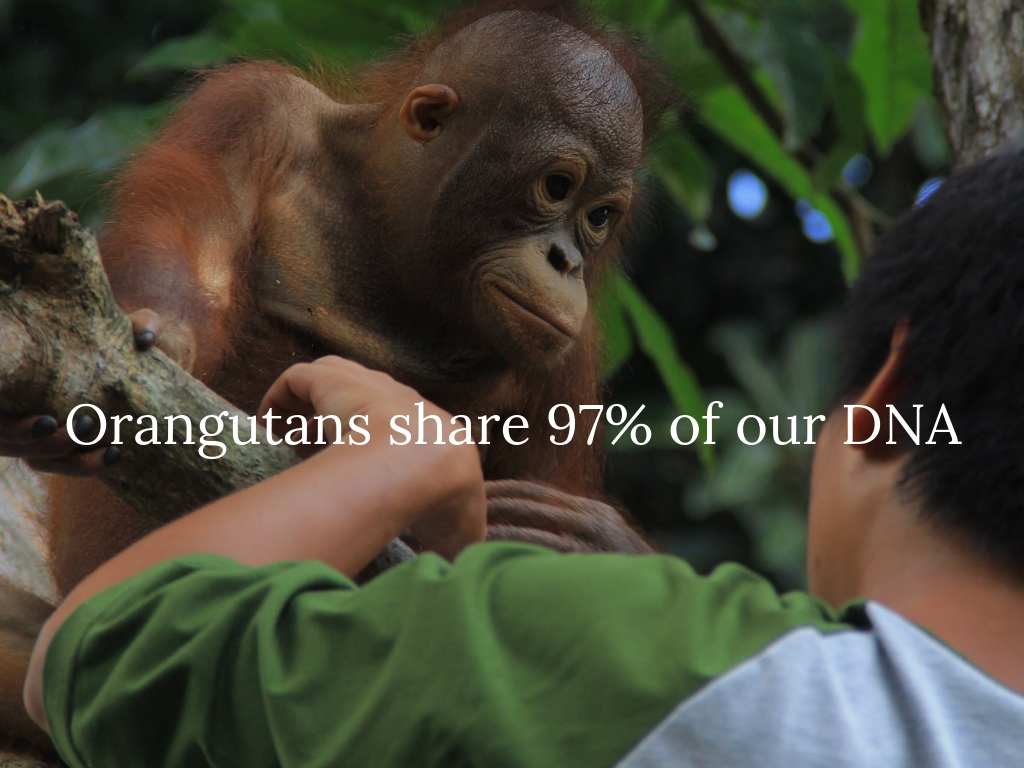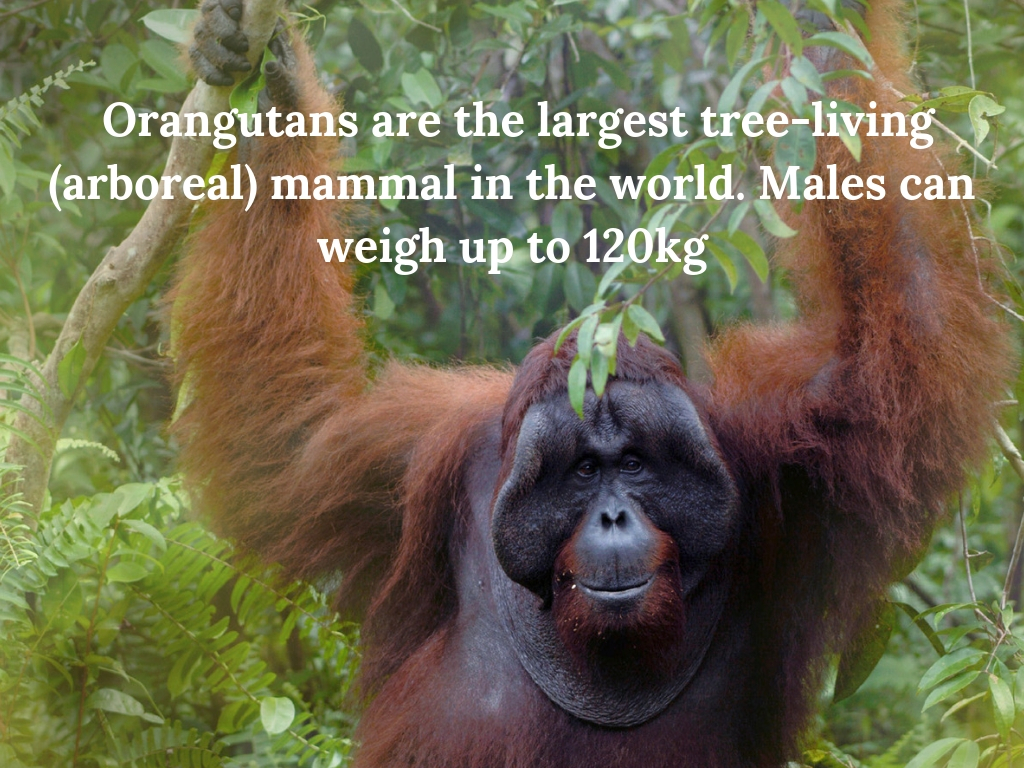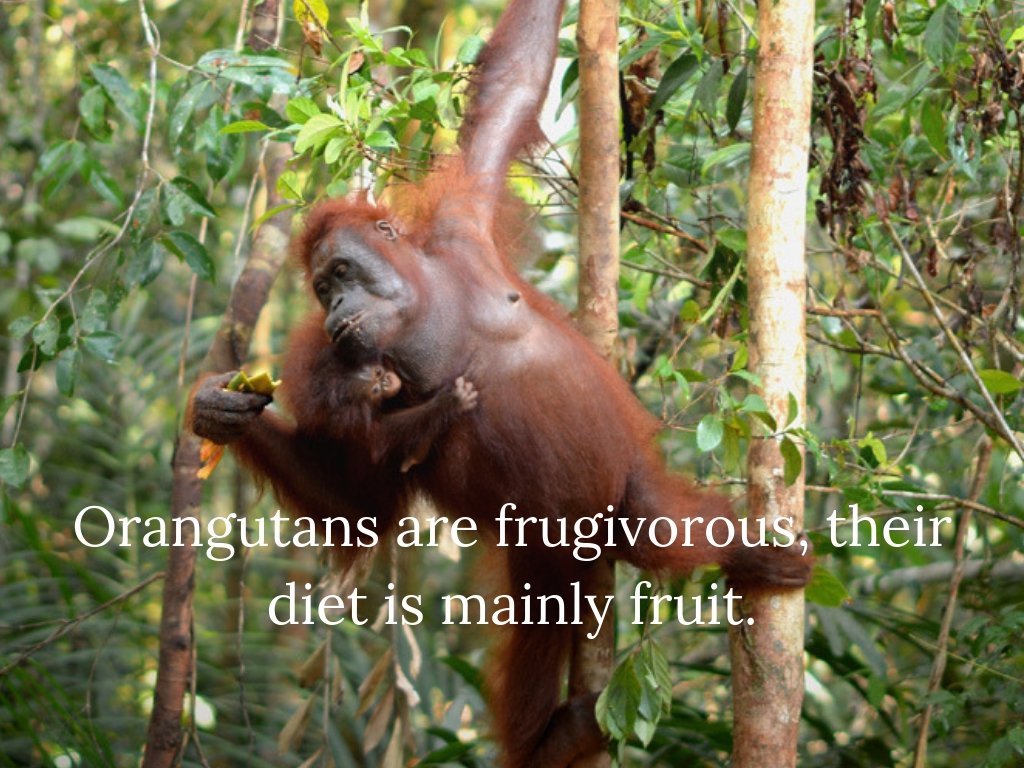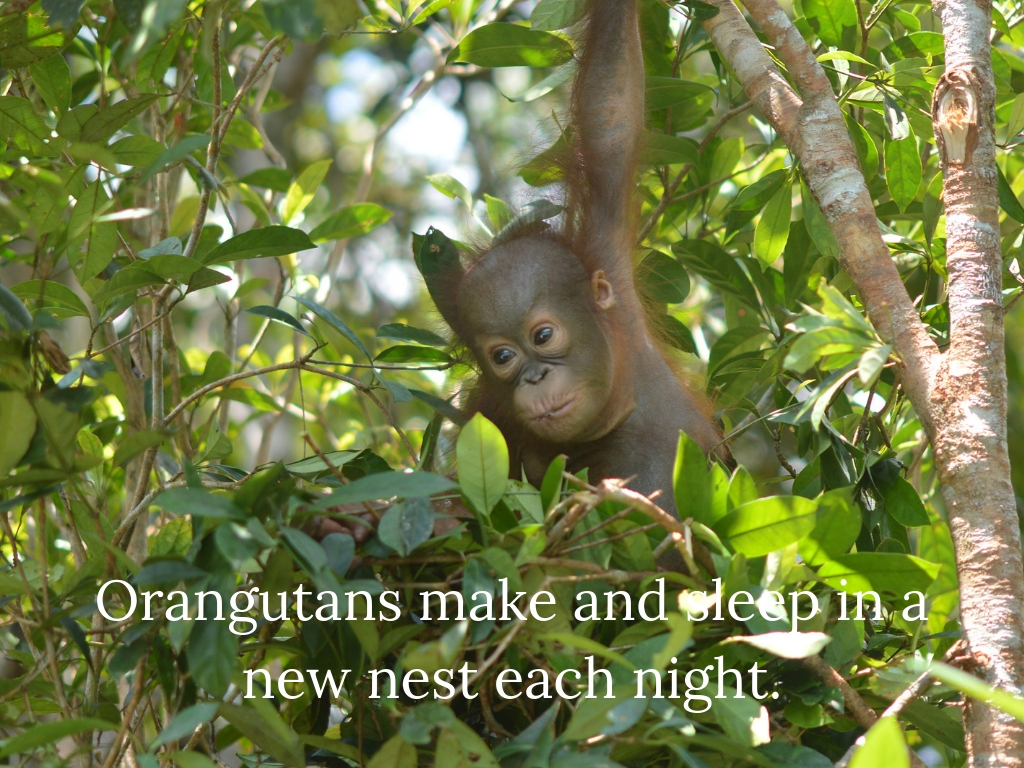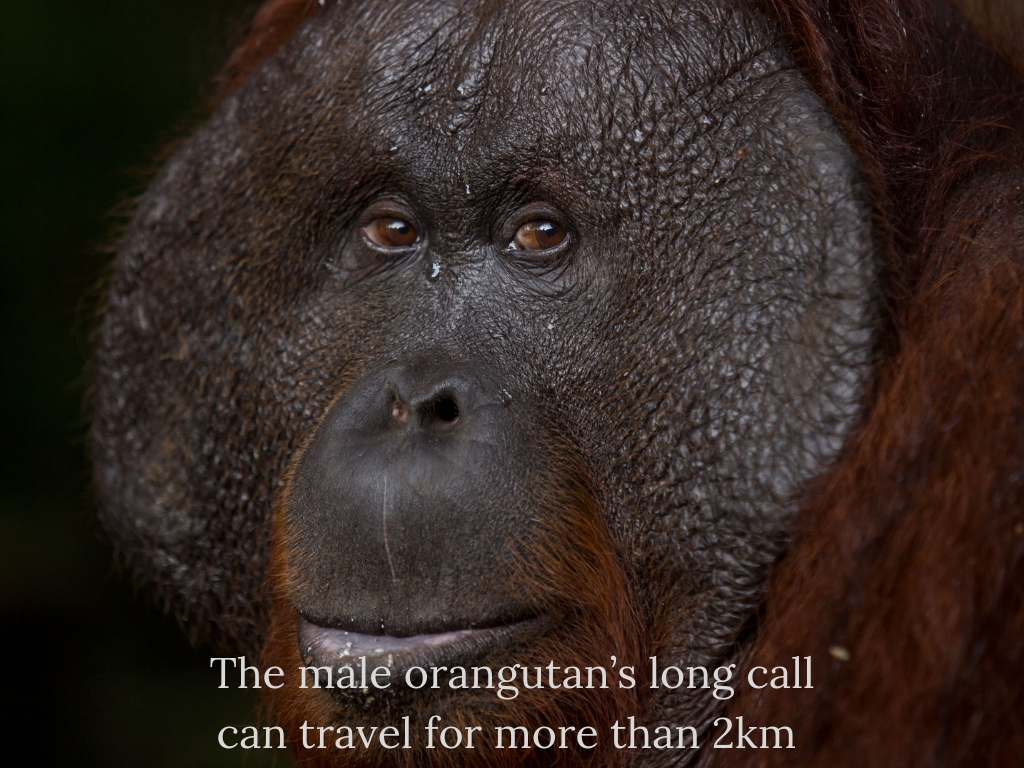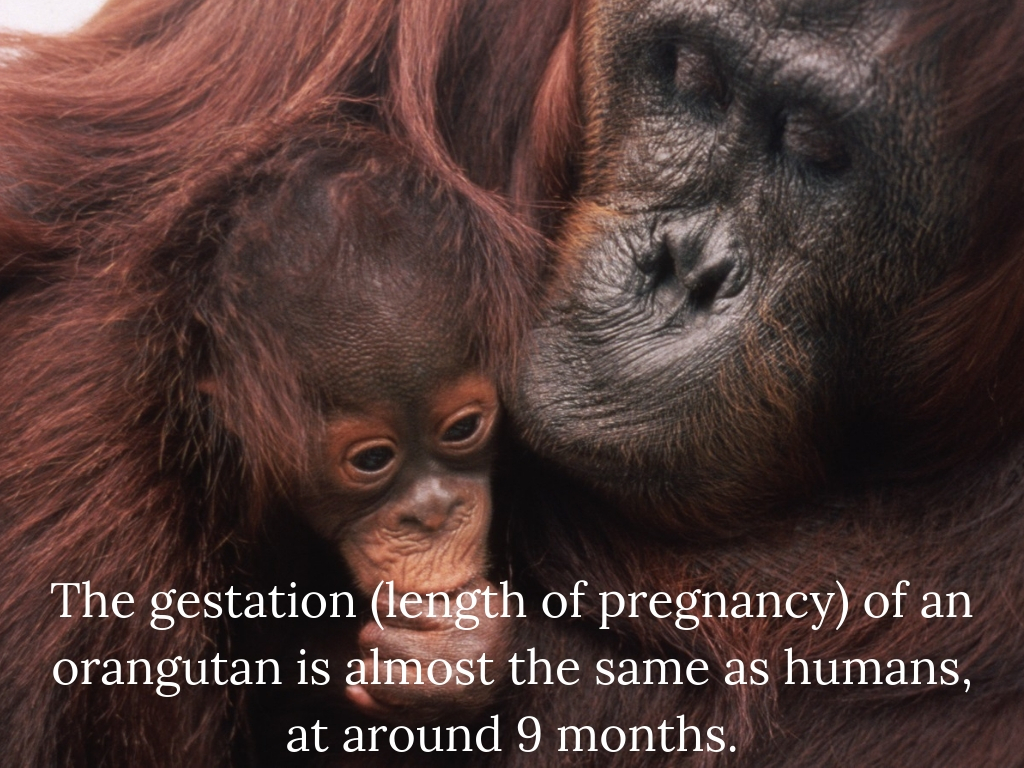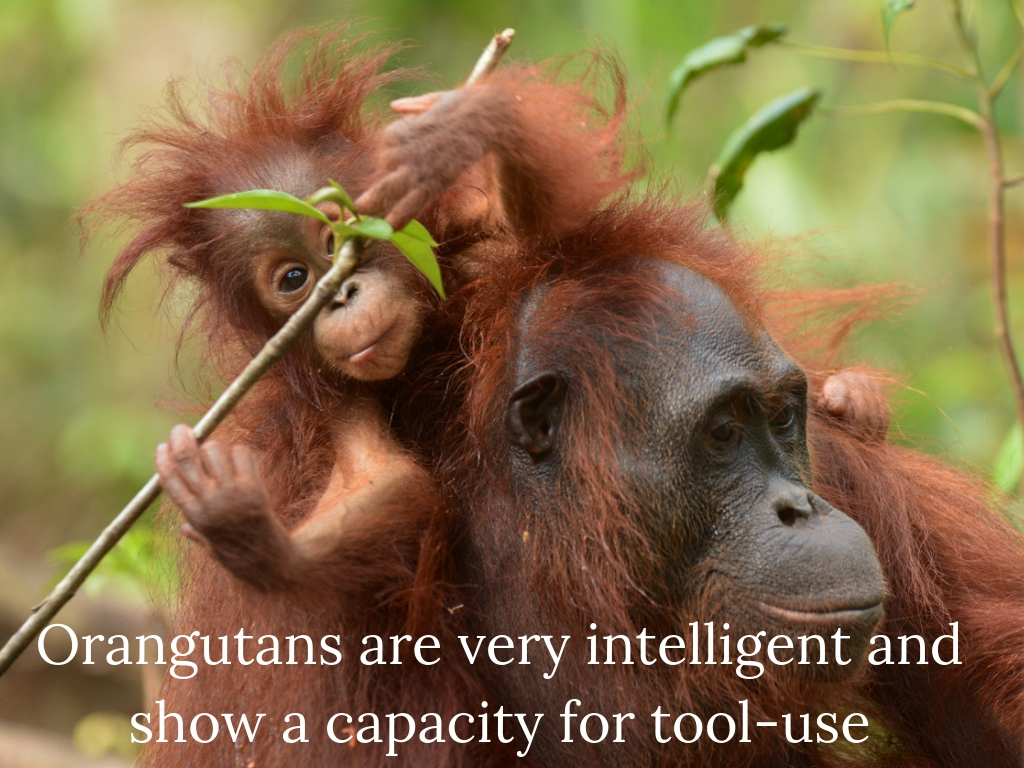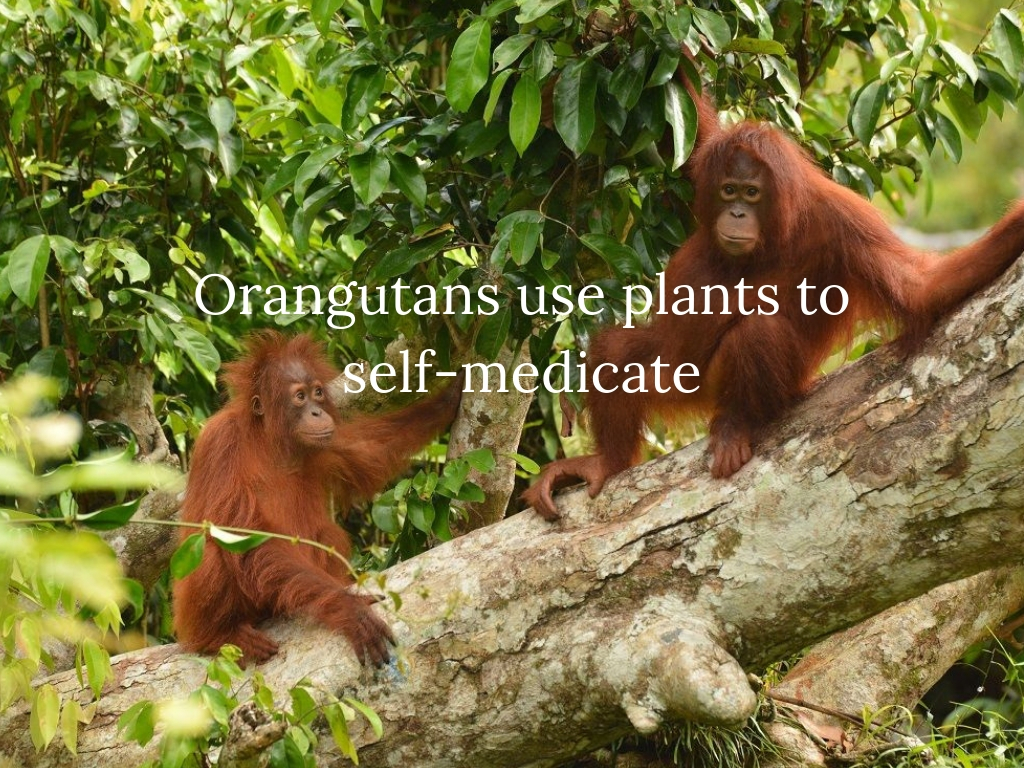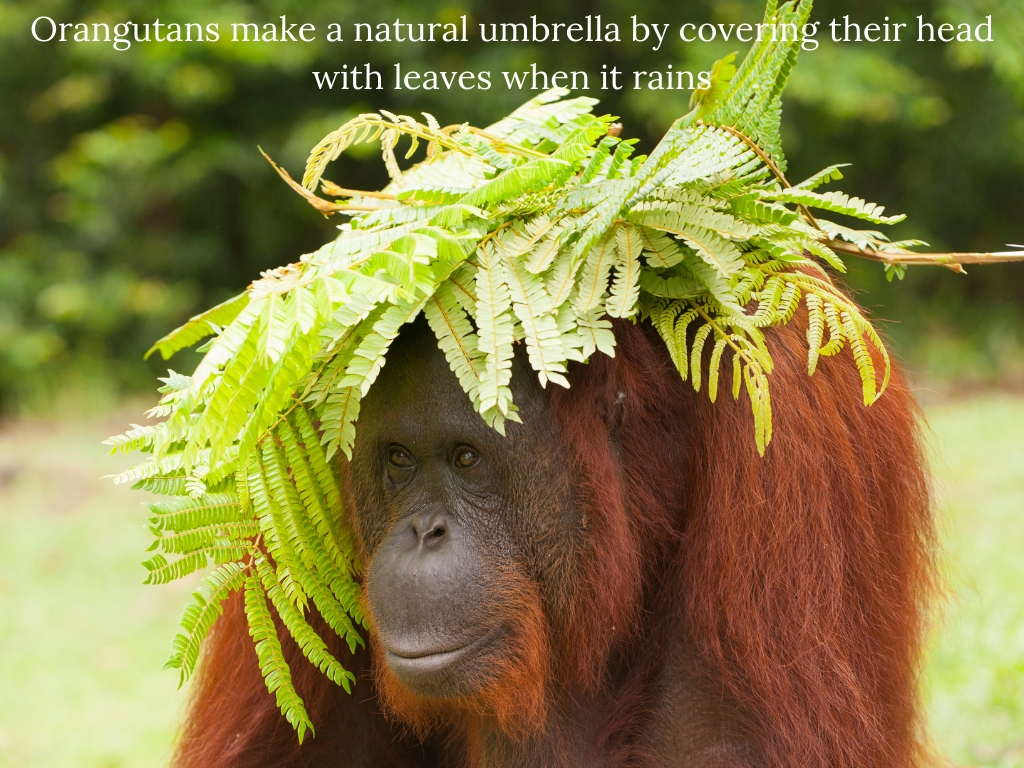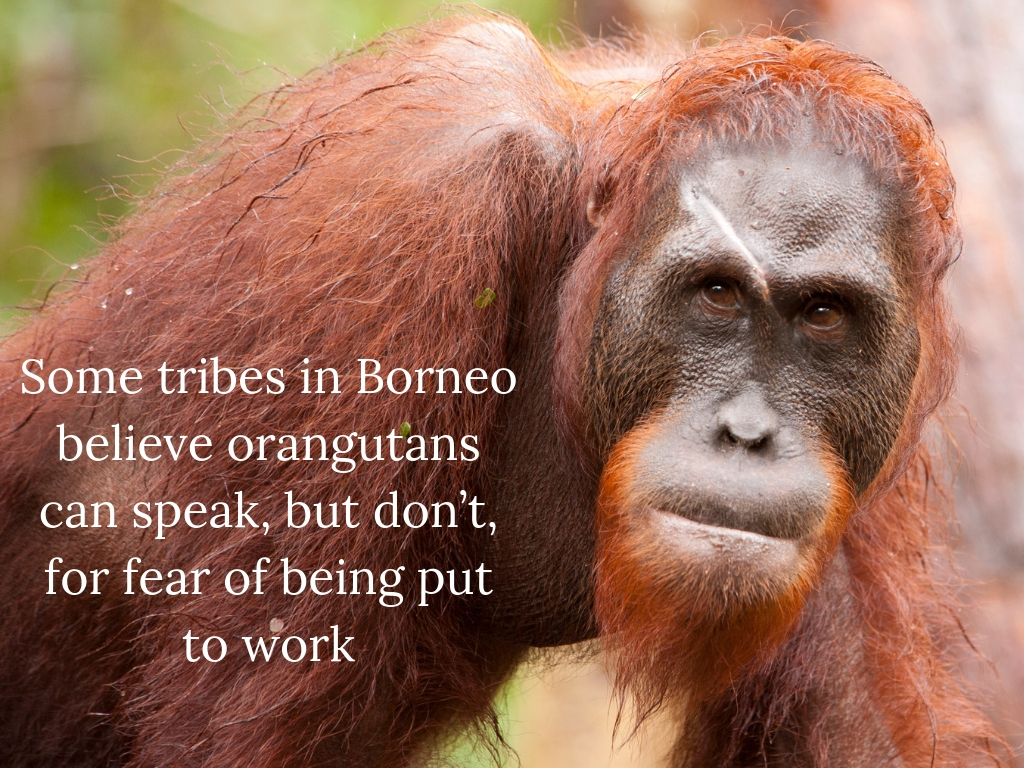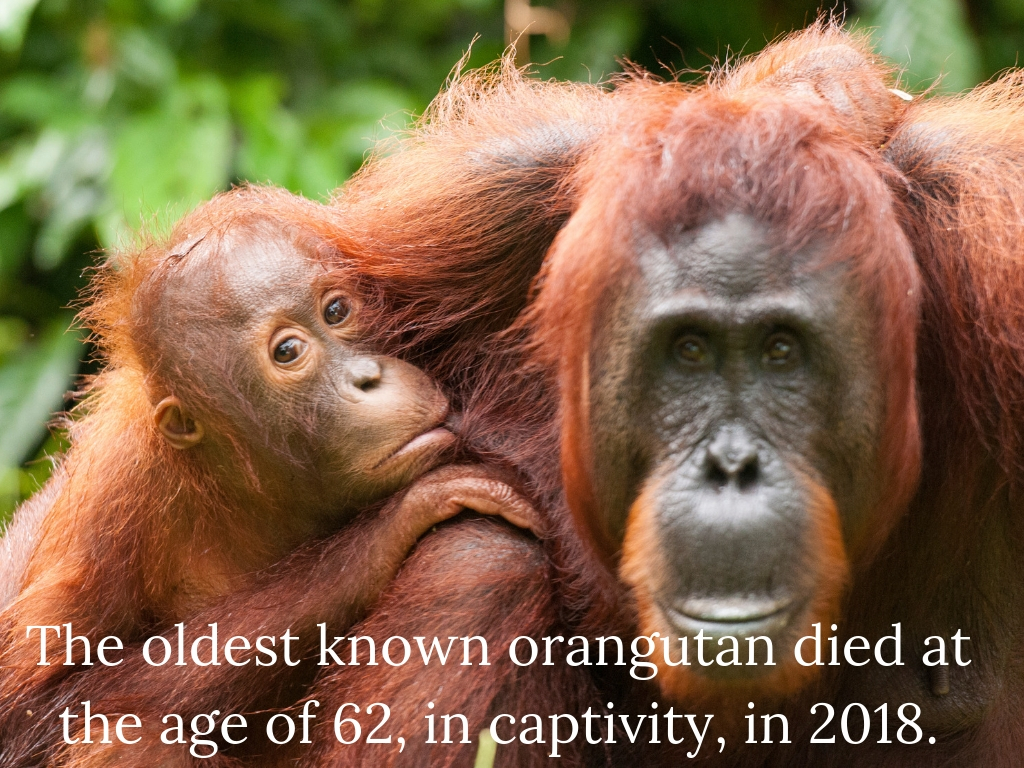ORANGUTAN FACTS
Where do orangutans live?
Orangutans are an arboreal species, which means that they spend most of their life living in the forest canopy. Their preferred habitat is low-lying peat-swamp forest.
Fossil evidence suggests that during the Pleistocene era, from around 1.8 million years to 11,500 years ago, orangutans lived throughout much of Southeast Asia, from Java in the south, up into Laos and southern China. However now they can only be found in the wild in Borneo and Sumatra.
How many orangutans are left in the wild?
There are three species of orangutan, the Bornean orangutan (Pongo pygmaeus), the Sumatran orangutan (Pongo abelii) and the Tapanuli orangutan (Pongo tapanuliensis).
Being arboreal (tree-dwelling), orangutan population numbers can be difficult to estimate. Numbers are estimated by counting the nests they build in the forest canopy to sleep in, from the ground and using drones or satellite imagery.
According to the most recent Population and Habitat Viability Assessment (PHVA) in 2016 there are an estimated 57,000 Bornean orangutans, 13,000 Sumatran orangutans and 800 Tapanuli orangutans left in the wild, with 80% of orangutans living outside of protected areas.
What do orangutans eat?
Orangutans are known to eat over 400 different foods and during times of poor fruiting they will eat less nutritious food such as bark and leaves. Seeds from the fruit they eat are adapted to withstand passage through orangutan’s guts and then be excreted in their own small pile of ‘fertiliser’ which helps them to germinate and grow. This important role has earned orangutans the nickname ‘Gardeners of the forest’.
Orangutan adaptation
The word orangutan means ‘person of the forest’ and orangutans are perfectly adapted to their habitat. Their long arms and hand-like feet allow them to grasp branches and mean that they can travel with ease through the forest canopy.
Orangutans also help to open up the forest canopy by breaking off branches and creating gaps. This allows light to reach the forest floor, which helps the forest to regenerate naturally.
Every night, orangutans will build and sleep in a new nest, often close by the last tree they foraged from.
Intelligence and tool-use
Like all great apes, orangutans have large brains and are self-aware beings who are capable of reasoning. In the wild, orangutans use tools such as sticks to extract insects and honey to eat. They are the only ape that use leaves as an umbrella during rainfall.
In captive or semi-wild conditions orangutans have been taught to use sign-language, demonstrating their vast capacity for learning and understanding. Local Indonesian myths say that orangutans can speak but choose not to for fear of being put to work.
Social behaviour
Orangutans are semi-solitary, which is unique among primate species. This is most likely due to the competition for food. They can spend up to 60% of their day foraging.
The only time you will see orangutans together in the wild are as a family unit, consisting of a mother and her infant(s), or as a pair of orangutans engaged in courtship. Courtship can last between three to ten days, however males play no further role in the upbringing of their offspring.
Orangutan life stages
Orangutans are the slowest breeding of all primates. On average, they give birth every 7-8 years - which is the longest interbirth interval of any land-based mammal.
They also have the longest infant dependency period compared to all mammals except humans. The bond between mother and infant is special and young orangutans will usually stay with their mother until the age of around 7 or 8. Female orangutans will normally have no more than three offspring.
Their low reproduction rate and long interbirth intervals puts them at considerable risk of extinction, particularly in local populations.

